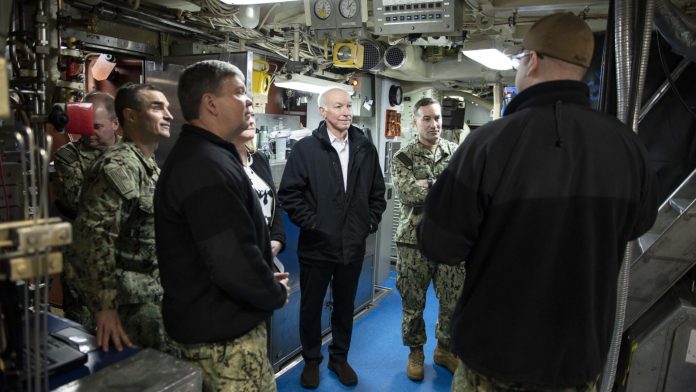By Adam Leslie*
The AUKUS defence partnership of Australia, the UK and US has made remarkable progress since its establishment in September 2021, though it also faces emerging challenges. After decades of frustrated attempts at reform of US defence-technology export regulations, the past three years have demonstrated what bipartisan congressional courage and masterful diplomacy can achieve when aligned with strategic necessity. (The Australian Strategic Policy Institute. The Strategist.)

